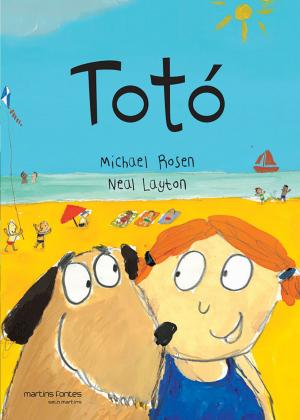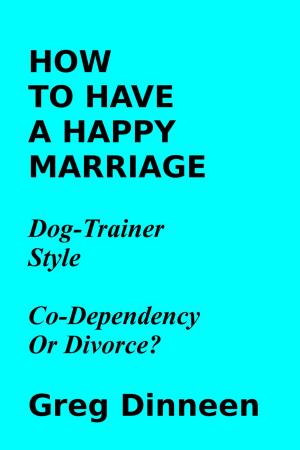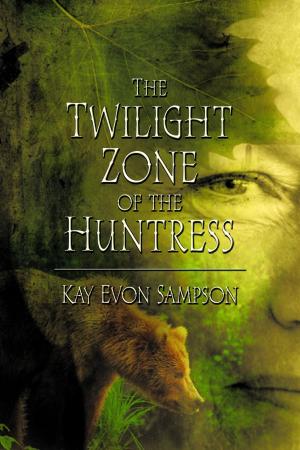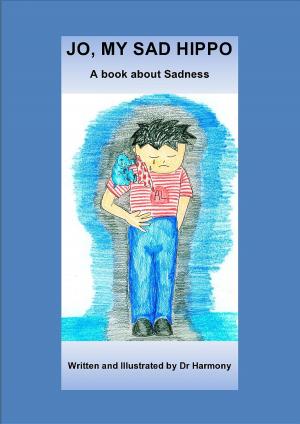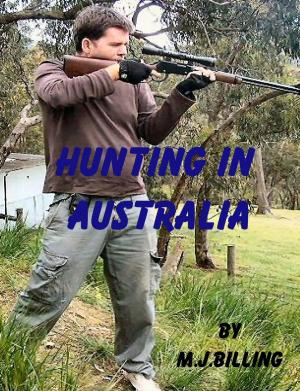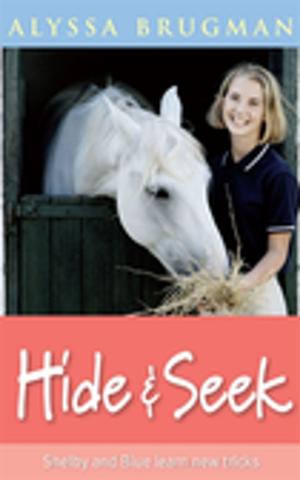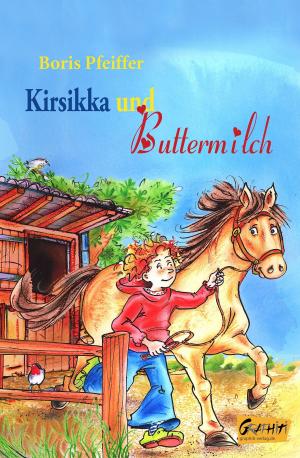| Author: | Velma Southerland | ISBN: | 9781465826527 |
| Publisher: | Velma Southerland | Publication: | December 22, 2011 |
| Imprint: | Smashwords Edition | Language: | English |
| Author: | Velma Southerland |
| ISBN: | 9781465826527 |
| Publisher: | Velma Southerland |
| Publication: | December 22, 2011 |
| Imprint: | Smashwords Edition |
| Language: | English |
This article is designed to help the ordinary person know how and when to help a wild bird that appears to be injured or in danger. While it is illegal for people to have wild birds in their possession, emergency assistance is acceptable under a "Good Samaritan" clause. People who are allowed to be in possession of wild birds are trained rehabilitators who are licensed by both their state and the federal government.
"Emergency Wild Bird Care [Article]" offers advice obtained by interviewing licensed rehabilitators, combining the information obtained from them, then arranging that information into short chapters for a quick reference by the reader.
First a person has to determine whether the bird needs assistance. Then, if it is a type bird that can be helped without danger to the human being. Once help is begun, what-to-do, and what-not-to-do are detailed as well as information to help the rescuer locate a licensed rehabber in his/her area.
The writer was called upon to rescue a fledgling Carolina Wren, then passed what she learned on so that others in the same predicament might benefit (Article: Over 4,000 Words).
This article is designed to help the ordinary person know how and when to help a wild bird that appears to be injured or in danger. While it is illegal for people to have wild birds in their possession, emergency assistance is acceptable under a "Good Samaritan" clause. People who are allowed to be in possession of wild birds are trained rehabilitators who are licensed by both their state and the federal government.
"Emergency Wild Bird Care [Article]" offers advice obtained by interviewing licensed rehabilitators, combining the information obtained from them, then arranging that information into short chapters for a quick reference by the reader.
First a person has to determine whether the bird needs assistance. Then, if it is a type bird that can be helped without danger to the human being. Once help is begun, what-to-do, and what-not-to-do are detailed as well as information to help the rescuer locate a licensed rehabber in his/her area.
The writer was called upon to rescue a fledgling Carolina Wren, then passed what she learned on so that others in the same predicament might benefit (Article: Over 4,000 Words).
![Cover of the book Emergency Wild Bird Care [Article] by Velma Southerland, Velma Southerland](https://www.kuoky.com/images/2011/december/500x500/9781465826527-fARY_500x.jpg)



